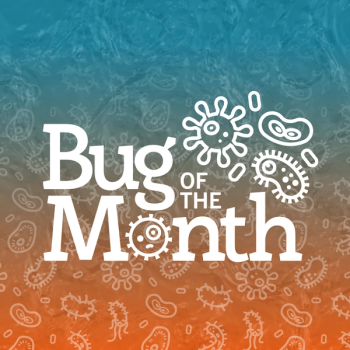
CDC Says Flu Cases Remain Elevated, Activity Decreasing in Some Areas
The Centers for Disease Control and Prevention (CDC) has updated its influenza statistics for the 2012-2013 influenza season for Week 1 ending Jan. 5, 2013. Public health officials are reporting that from Dec. 30, 2012 through Jan. 5, 2013, influenza activity remained elevated in the U.S., but may be decreasing in some areas.
The Centers for Disease Control and Prevention (CDC) has updated its
-Viral Surveillance: Of 12,876 specimens tested and reported by U.S. World Health Organization (WHO) and National Respiratory and Enteric Virus Surveillance System (NREVSS) collaborating laboratories, 4,222 (32.8 percent) were positive for influenza.
- Pneumonia and Influenza Mortality: The proportion of deaths attributed to pneumonia and influenza (P&I) was slightly above the epidemic threshold.
- Influenza-Associated Pediatric Deaths: Two influenza-associated pediatric deaths were reported. One was associated with an influenza A (H3) virus and one was associated with an influenza A virus for which the subtype was not determined.
- Outpatient Illness Surveillance: The proportion of outpatient visits for influenza-like illness (ILI) was 4.3 percent; above the national baseline of 2.2 percent. Nine of 10 regions reported ILI above region-specific baseline levels. Twenty-four states and New York City experienced high ILI activity; 16 states experienced moderate ILI activity; five states experienced low ILI activity; five states experienced minimal ILI activity, and the District of Columbia had insufficient data.
- Geographic Spread of Influenza: Forty-seven states reported widespread geographic influenza activity; two states reported regional activity; the District of Columbia reported local activity; one state reported sporadic activity; Guam reported no influenza activity, and Puerto Rico and the U.S. Virgin Islands did not report.
Newsletter
Stay prepared and protected with Infection Control Today's newsletter, delivering essential updates, best practices, and expert insights for infection preventionists.





